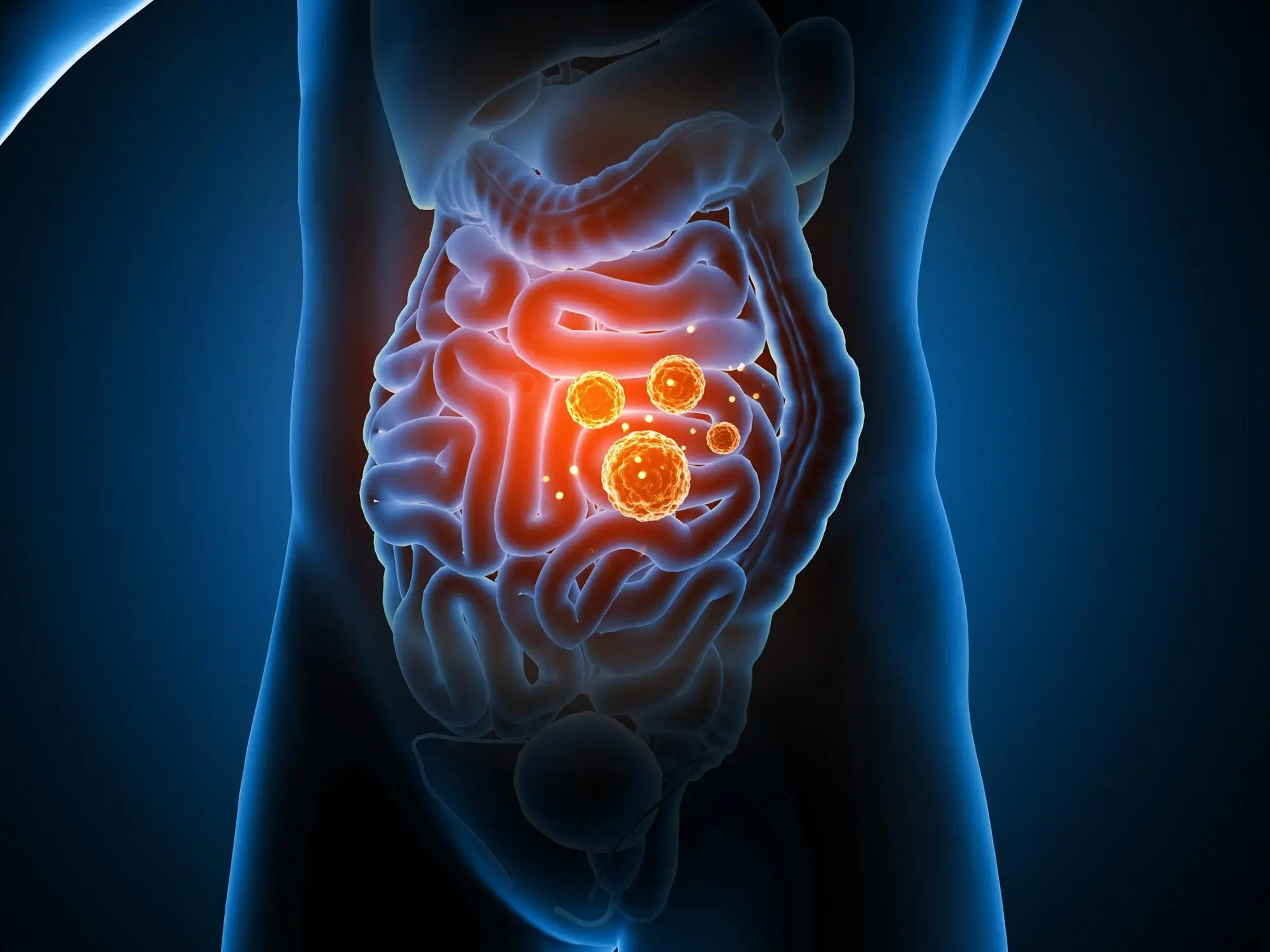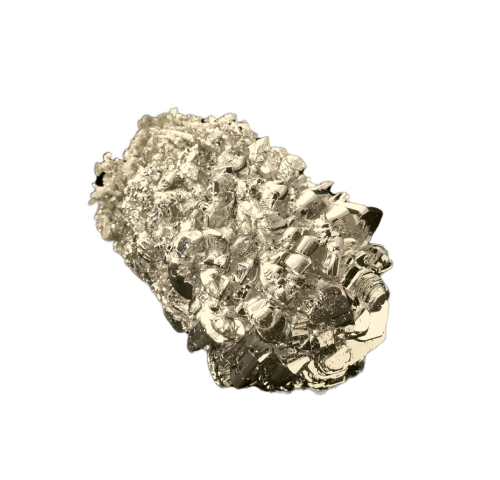What Is Bone Marrow?

The Core of Cellular Health
Bone marrow is a soft, spongy material found in some of your bones, including your spine and hips. It is necessary to produce special cells, called red and white blood cells, and tiny platelets. Red blood cells bring oxygen to all parts of your body, white blood cells help fight germs, and there are platelets, which help cuts stop bleeding.
Bone marrow is a super important part of the body because it keeps the blood healthy and helps keep the body safe and strong.
- Published: June 2, 2025
- Last Updated: June 2, 2025
- Bone Marrow - Overview
- Function and Importance
- What Does Bone Marrow Look Like
- What Are the Two Types of Bone Marrow?
- What is Bone Marrow Made of?
- Why Can Only Males Donate Bone Marrow?
- Is Bone Marrow Donation Painful?
- What Diseases Impact Bone Marrow?
- How Does a Bone Marrow Transplant Work?
- Diet Tips for Bone Marrow Donation
-
-


Bone Marrow – Overview
A sponge-like, life-giving tissue located deep within the bones that produces and maintains the blood supply. Bone marrow may appear soft and fatty, but it serves one of the body’s most important functions.
- Spongy texture and mighty function: Bone marrow may appear soft and fatty, but always generates blood cells.
- Housed in large bones: Bone marrow is found inside the spine, pelvis, ribs, breastbone, and thigh bones. These hollow cavities contain bone marrow and provide room for it to work.
- Two kinds by colour and function: Bone marrow comes in red and yellow varieties and has varied job descriptions. Red marrow generates blood cells; yellow marrow stores fat and energy.
- Changes with age: Children mostly have red marrow to support their growth, but much of it turns yellow with age.
Bone marrow is not just a filler; it is an active, life-giving tissue found in important parts of the bones.
- Spongy texture and mighty function: Bone marrow may appear soft and fatty, but always generates blood cells.
-
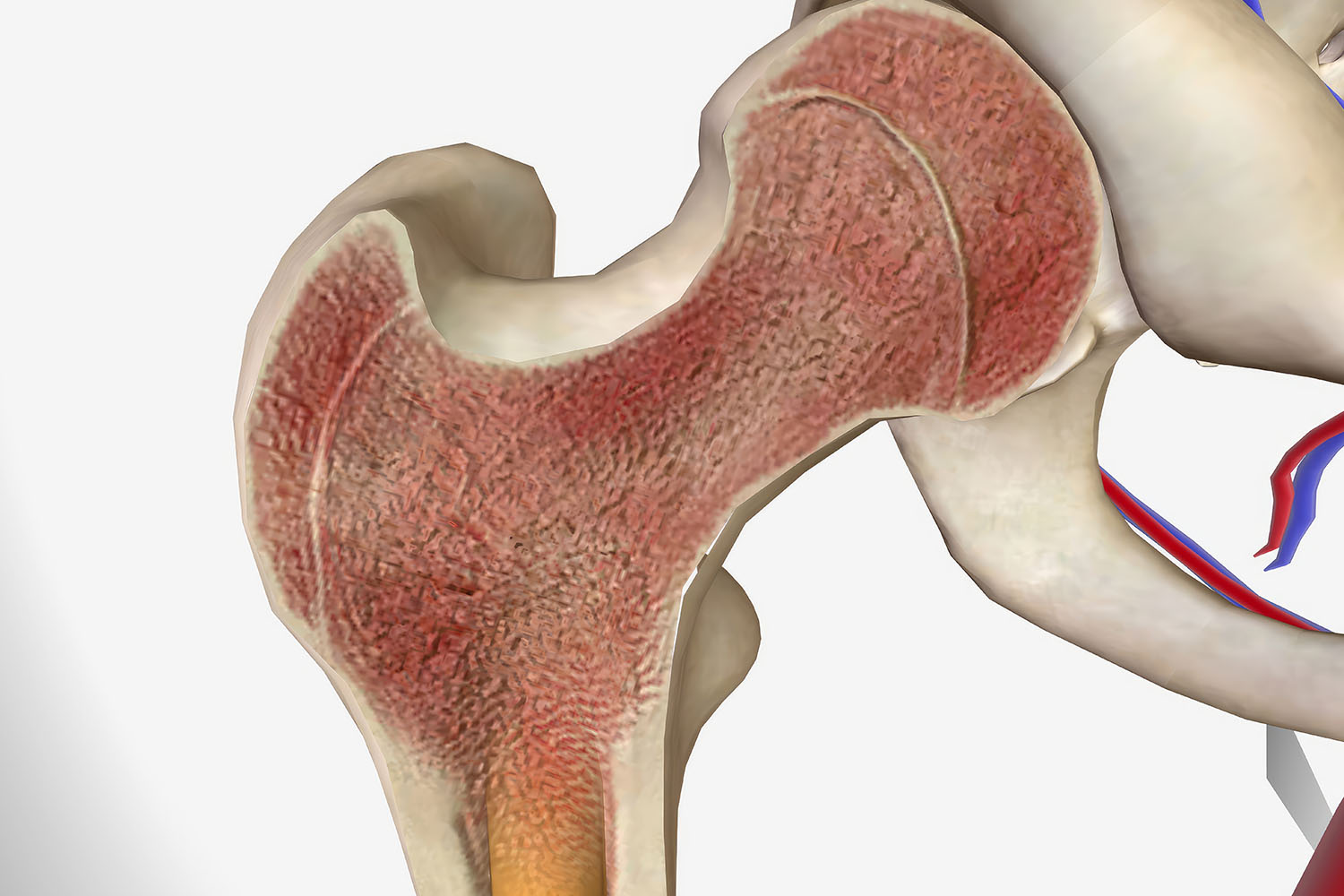

Function and Importance
Bone marrow, the body’s blood cell producer and immune defence centre, works tirelessly to keep you healthy daily.
- Produces all major blood cells: It generates red blood cells to transport oxygen, white blood cells to combat pathogens, and platelets to help clotting.
- Strengthens the immune system: Without bone marrow, the body would struggle to produce enough white blood cells.
- Promotes healing and recovery: When you are unwell or injured, the bone marrow works harder to replace lost or damaged cells.
- Linked to various disorders: Bone marrow issues can cause serious health problems, such as anaemia, leukaemia, or a weak immune system.
Even though bone marrow is tucked away in the bones, it plays a massive part in keeping the blood and immune system healthy daily.
- Produces all major blood cells: It generates red blood cells to transport oxygen, white blood cells to combat pathogens, and platelets to help clotting.
-
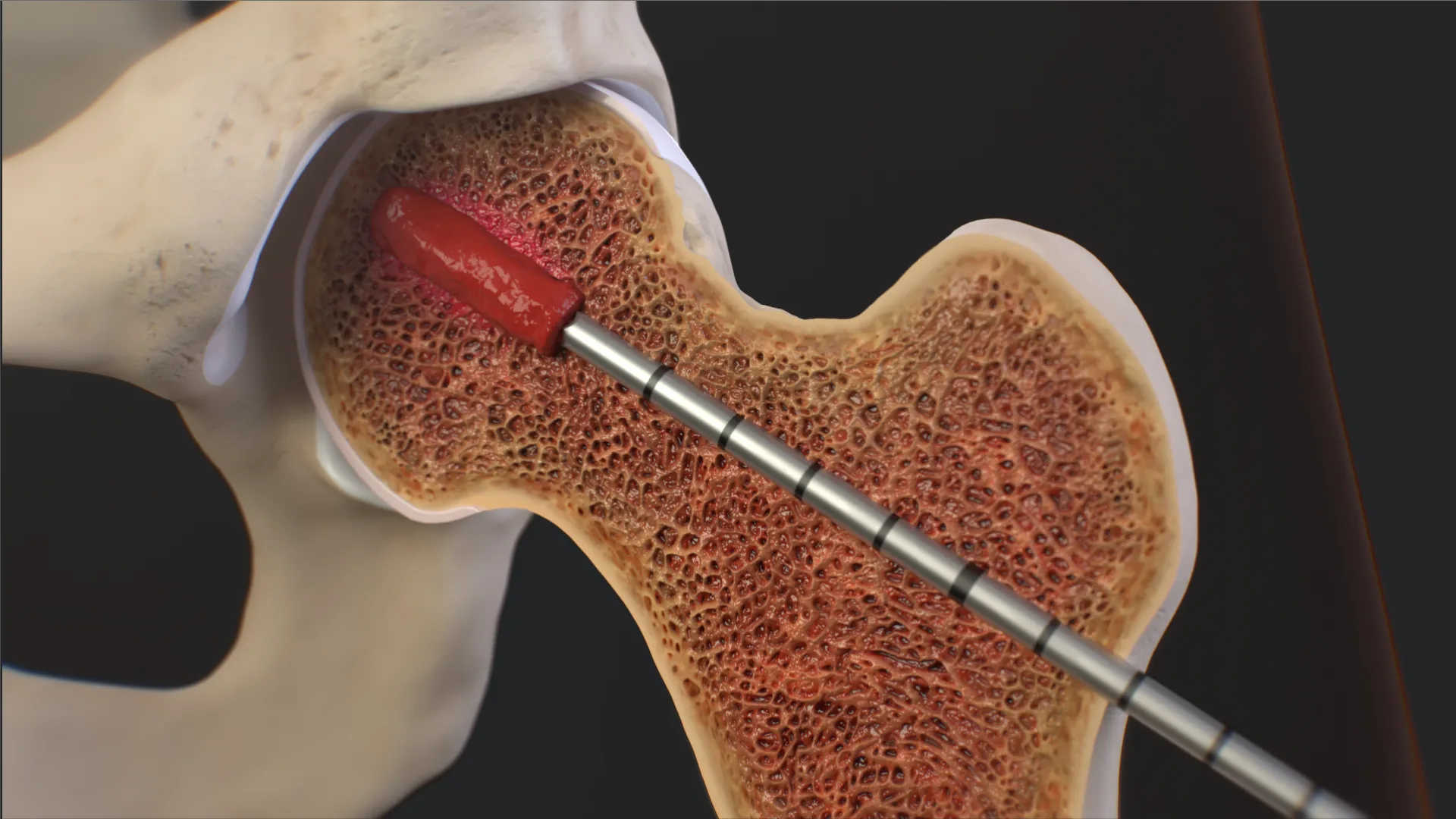

What Does Bone Marrow Look Like
Despite being hidden, it has a distinct appearance and texture that separates it from other tissues. This soft, spongy tissue fills the hollow centres of many bones and plays an important role in the body.
- Soft and sponge-like texture: Bone marrow has a spongy, sponge-like texture. It fills in hollow areas in certain bones.
- Two visible types: It has two colours, red marrow and yellow marrow. Each has a unique job and composition.
- Red marrow is active: It is densely packed with blood arteries and can be found primarily in the spine, ribs, and pelvis. This particular type actively produces blood cells.
- Yellow marrow stores fat: Mainly found in the limbs, it gets its yellow colour from that fat. It can change back to red marrow if necessary.
Although bone marrow is hidden inside the bones, its texture and colour reveal much about its key roles in the body.
- Soft and sponge-like texture: Bone marrow has a spongy, sponge-like texture. It fills in hollow areas in certain bones.
-
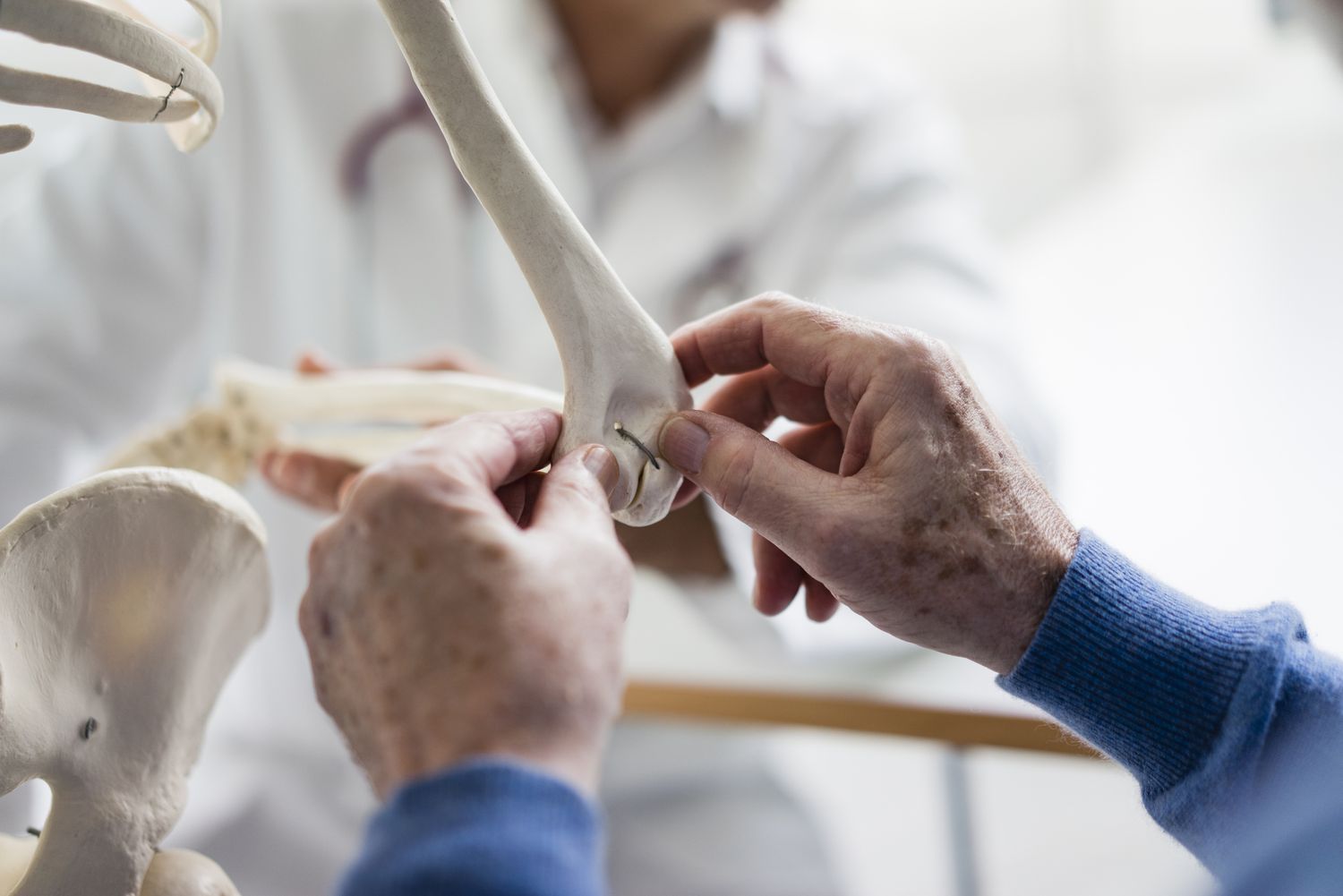

What Are the Two Types of Bone Marrow?
There are two main types of bone marrow, each important for health. Knowing about them helps you understand how the body makes blood and stores energy.
- Red bone marrow makes blood cells: This type produces red blood cells, white blood cells, and platelets
- Yellow bone marrow stores fat: It mostly has fat cells as energy reserves. If the body needs more blood cells, it can change into red marrow.
- Red marrow is found in flat bones: Mainly in the hip bones, ribs, sternum, and skull. These areas help make blood cells throughout life.
- Yellow marrow is found in long bones: It fills the centres of long bones like the femur and humerus and helps meet the energy needs when you’re resting or unwell.
Both types of bone marrow are important for balancing blood production and energy storage to support daily needs.
- Red bone marrow makes blood cells: This type produces red blood cells, white blood cells, and platelets
-
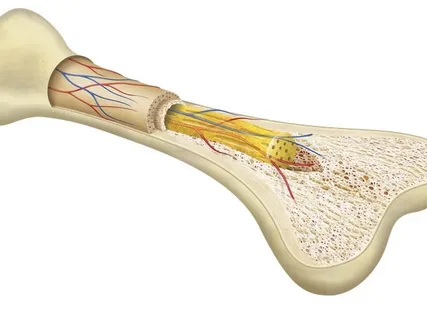

What is Bone Marrow Made of?
Bone marrow comprises different cells and tissues that work together to keep the body in good shape. It helps make blood cells and stores nutrients that are essential for health.
- Stem cells are the key players: Bone marrow has stem cells that can turn into red blood cells, white blood cells, or platelets. These cells are crucial for keeping the blood fresh.
- Supporting cells create the right setting: The marrow comprises various cells, like fat cells and blood vessels, that help support and protect stem cells.
- Plenty of blood-forming cells: In addition to the stem cells, bone marrow contains many other cells in different stages of growth, which turn into the various blood cells a body needs.
- Fat cells provide energy: In yellow marrow, you’ll find a lot of fat cells. They store energy and help keep the marrow healthy.
The blend of stem, blood, and support cells makes bone marrow essential for producing blood and maintaining good health.
- Stem cells are the key players: Bone marrow has stem cells that can turn into red blood cells, white blood cells, or platelets. These cells are crucial for keeping the blood fresh.
-
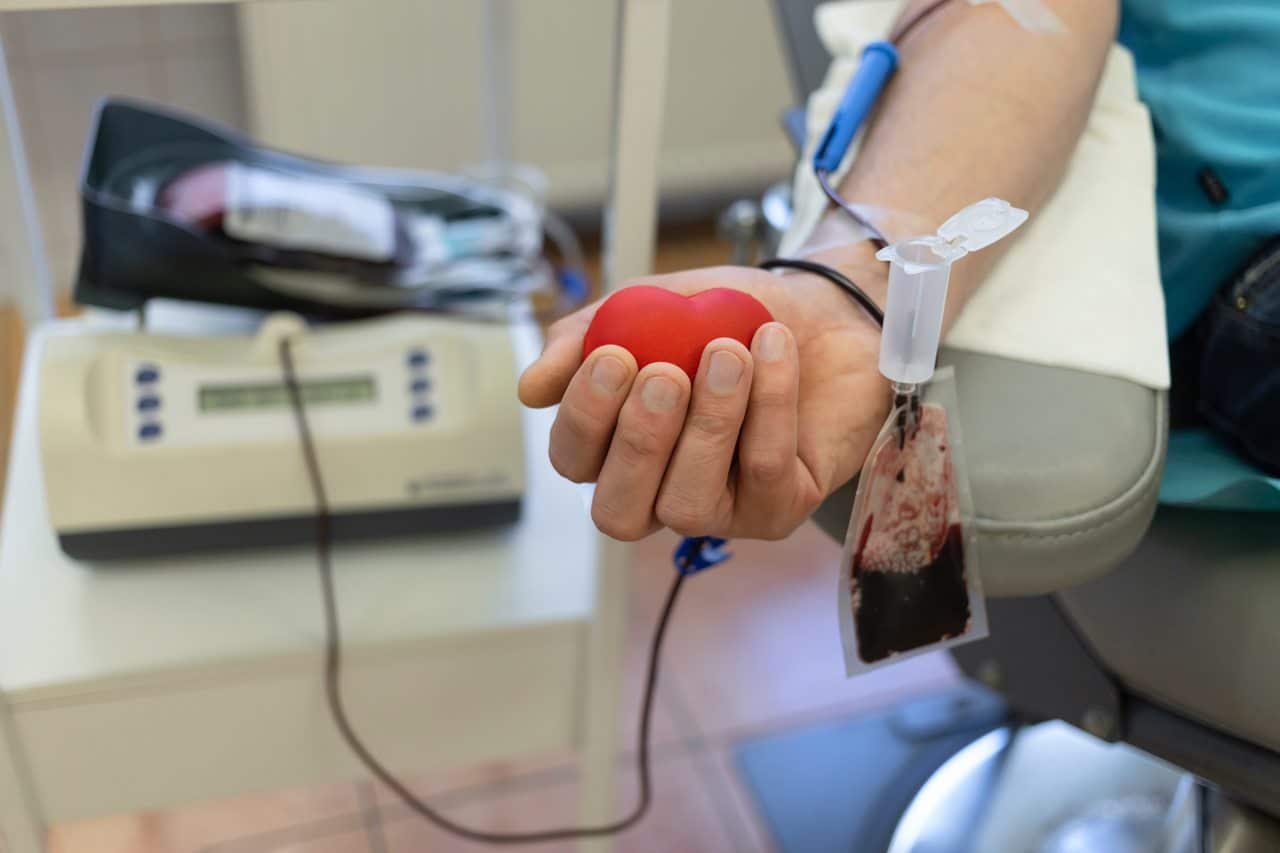

Why Can Only Males Donate Bone Marrow?
Many people think that only men can donate bone marrow, but that’s untrue. Both men and women can donate if they’re healthy and meet the age requirements. Doctors usually lean toward male donors because they tend to have fewer complications and provide more stem cells. So, it’s really about medical reasons, not about gender.
Myth vs. Reality
Many people think only men can donate bone marrow, but that’s untrue. If they meet the necessary criteria, both men and women can donate.
- Anyone can become a donor: Gender doesn’t stop you from donating bone marrow. You could be eligible if you’re healthy and fit the guidelines.
- The myth comes from preference: Since men are often favoured as donors, people mistakenly think women can’t donate. This misconception confuses, but it doesn’t mean women are excluded.
- Women are also making life-saving donations: Many successful transplants have come from female donors, whose marrow works just as well as men’s.
- Education can end the confusion: Sharing correct information helps bust myths. The more people know, the more likely they are to sign up and save lives.
So yes, women can definitely donate bone marrow; the idea that they can’t is false.
Why Males Are Often Preferred
Both men and women can donate, but transplant centres usually lean towards male donors. This is because men often have some advantages.
- More stem cells: Men generally produce more stem cells in their donations, which can improve the chances of a successful transplant.
- Fewer risks for recipients: Male stem cells tend to lower the chances of graft-versus-host disease, making recovery easier and results better.
- No pregnancy-related antibodies: Women who have been pregnant might have antibodies that can create complications during transplants and limit donor matches.
- Bigger body size: Men usually have more bone marrow, allowing doctors to collect more stem cells when they donate.
So, men are often picked because their marrow is seen as safer and provides more stem cells, not because women can’t donate.
Other Donor Criteria
Bone marrow donation is more about your health and how well you match than your gender. Several factors determine whether you can donate.
- Age plays a big role: Younger donors (18–35) usually lead to better transplant results, so registries first look for this age group.
- Health and lifestyle are important, too. If you have chronic illnesses or take certain medications, you might not be able to donate. You also need to meet basic health guidelines.
- Genetic match is vital: Donors are matched by tissue type rather than gender. The key is finding a good match between the donor and the patient.
- Different backgrounds matter: Your ethnic background can impact matching chances. A more diverse donor pool helps improve the odds for everyone.
Ultimately, being healthy and a match is what really counts, not whether you’re male or female.
- Anyone can become a donor: Gender doesn’t stop you from donating bone marrow. You could be eligible if you’re healthy and fit the guidelines.
-
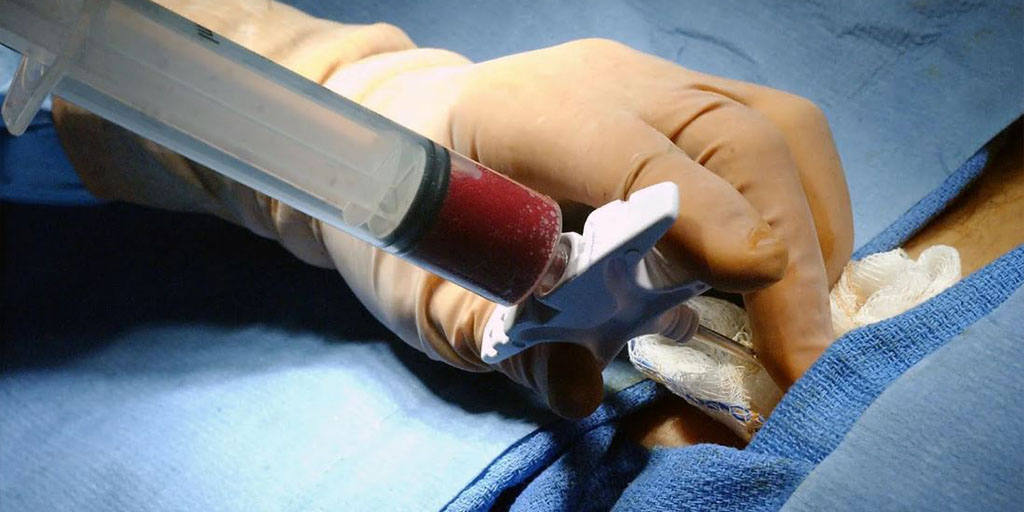

Is Bone Marrow Donation Painful?
Knowing what to expect can help calm your nerves about donating. Many people think it hurts more than it does. Thanks to new methods and good care, the experience is usually pretty bearable and doesn’t last long.
Procedure Overview
Donating bone marrow is a medical procedure for safely collecting stem cells. Knowing what to expect can help donors feel more ready and at ease.
- Anesthesia is used to ensure no pain: Patients might receive general anesthesia, which puts them to sleep, or regional anaesthesia, which numbs just the lower part of their body.
- Direct extraction: This involves using a needle to get marrow from the pelvic bone through minor cuts.
- Peripheral blood stem cell donation is another option: In this procedure, donors take medication to boost the stem cells in their blood, and then a blood filter is used to collect those stem cells.
- Both methods require monitoring. Medical staff monitor donors closely to ensure their safety and watch for any reactions during the process.
By understanding the procedure, donors can feel more relaxed and informed.
Pain and Side Effects
While bone marrow donation might cause some soreness, most effects are temporary and easy to deal with. Knowing what to expect can help donors get ready and bounce back faster.
- Common pain areas: After the marrow is taken, donors often feel some soreness in the lower back, hips, or pelvis. This usually lasts just a few days and gets better with rest.
- Bruising and swelling: The area where the needle goes in might bruise or swell a bit, but this usually goes away on its own in a few days to weeks.
- Feeling tired: It’s normal for donors to feel a bit fatigued as their bodies work to replace the cells they gave away. Energy levels usually go back to normal in about one to two weeks.
- Discomfort varies: Everyone’s experience of pain and side effects may be different, but they don’t usually stop most donors from doing their daily activities.
Most side effects clear up quickly, and donors usually recover fully quickly.
Risks and Complications
Donating bone marrow is safe, but like any medical procedure, it has some risks. Knowing these can help donors decide if it’s right for them.
- Rare nerve or muscle damage: Sometimes, the procedure might cause temporary discomfort in the nerves or muscles around where the marrow is taken.
- Reactions to anaesthesia: A few donors might experience mild side effects from the anaesthesia, like feeling nauseous, dizzy, or having a headache.
- Infection risk: There’s a slight chance of getting an infection where the needle goes in, especially if care isn’t taken afterwards.
- Bleeding or bruising: It’s common to have slight bleeding or bruising, but severe bleeding is unusual.
Discussing any worries and your medical history with a doctor can help reduce these risks and ensure the donation goes smoothly.
- Anesthesia is used to ensure no pain: Patients might receive general anesthesia, which puts them to sleep, or regional anaesthesia, which numbs just the lower part of their body.
-
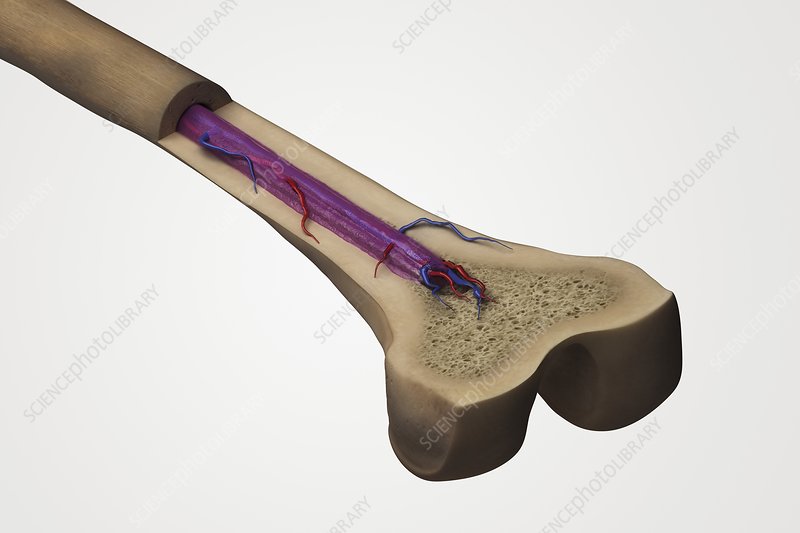

What Diseases Impact Bone Marrow?
Several diseases can affect the bone marrow and interfere with its ability to make healthy blood cells. If these issues aren’t treated, they can lead to serious health problems.
- Anaemia: A condition in which the bone marrow doesn’t produce enough red blood cells, which causes fatigue and weakness.
- Leukaemia: A type of cancer that causes abnormal white blood cells to grow out of control in the bone marrow.
- Aplastic anaemia: A rare condition where the marrow stops making enough blood cells across the board.
- Myeloma and lymphoma: These cancers target plasma cells or lymphatic tissue in the bone marrow.
Catching these diseases early and getting the right treatment is key to staying healthy.
- Anaemia: A condition in which the bone marrow doesn’t produce enough red blood cells, which causes fatigue and weakness.
-
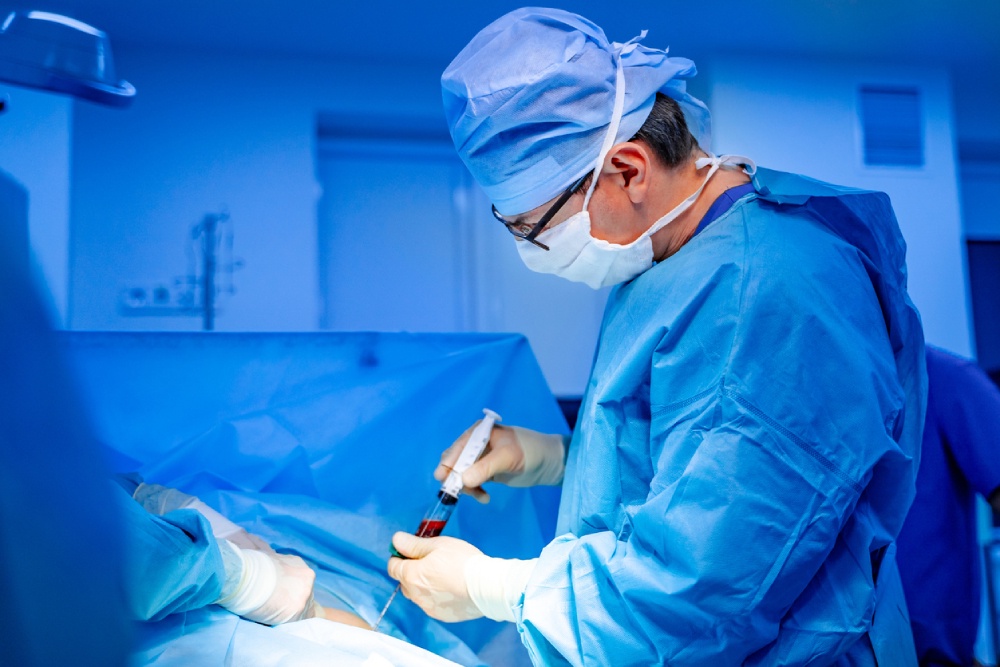

How Does a Bone Marrow Transplant Work?
A bone marrow transplant helps replace sick or damaged bone marrow with healthy stem cells. It’s mainly used to treat serious issues like leukaemia, lymphoma, and other blood disorders.
- Pre-transplant preparation: Before the transplant, patients usually go through chemotherapy or radiation. This helps eliminate the deficient marrow so there’s room for the new, healthy stem cells.
- Stem cell collection: The stem cells are taken from the donor’s blood or bone marrow and stored for the transplant.
- Transplant process: During the transplant, the stem cells are injected into the patient’s bloodstream through an IV, similar to a blood transfusion.
- Recovery and engraftment: It takes a few days or weeks for the new cells to move to the bone marrow and make healthy blood cells. Doctors monitor this process closely.
While bone marrow transplants can save lives, they come with risks and need careful recovery with medical support.
- Pre-transplant preparation: Before the transplant, patients usually go through chemotherapy or radiation. This helps eliminate the deficient marrow so there’s room for the new, healthy stem cells.
-
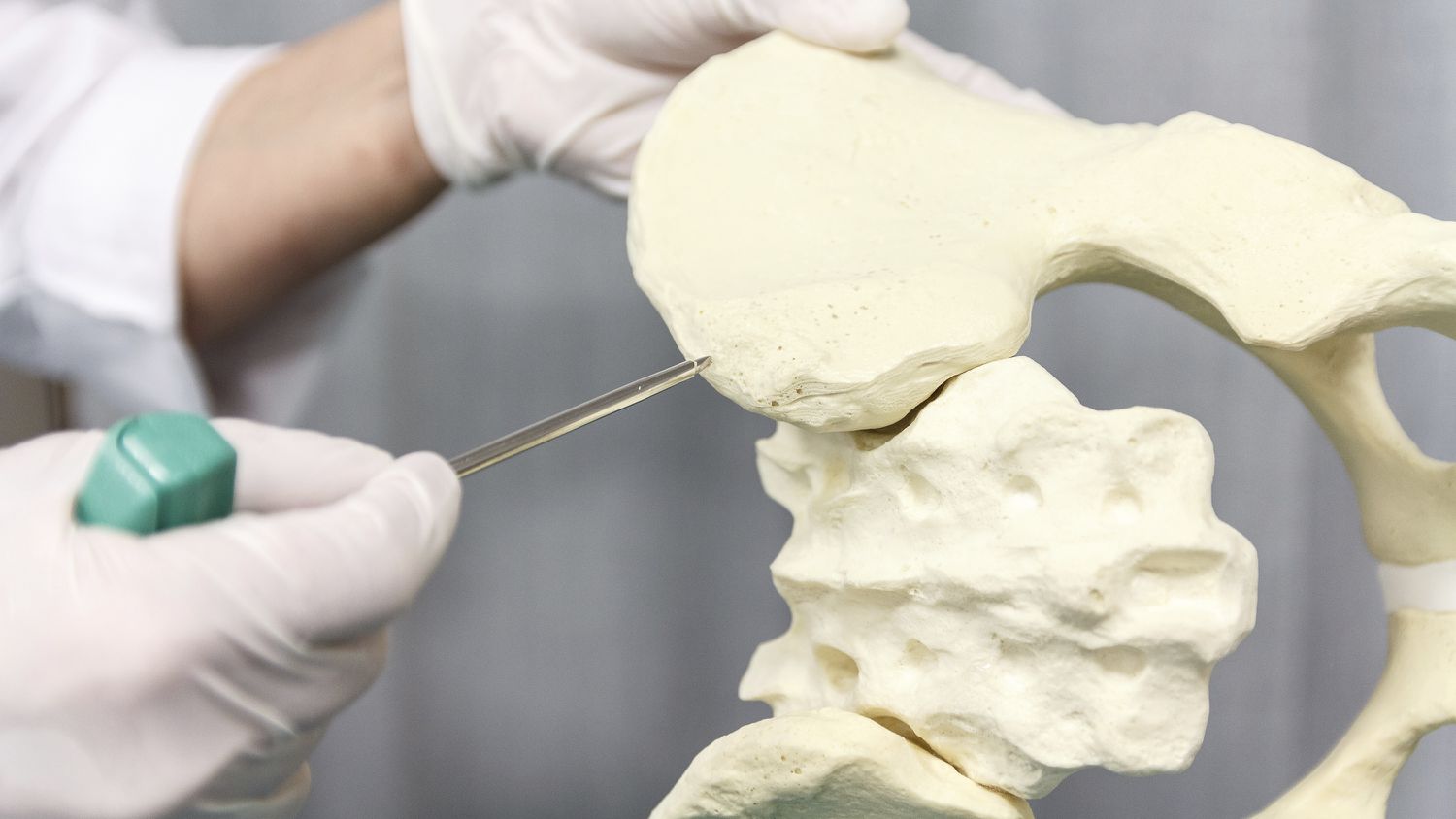

Diet Tips for Bone Marrow Donation
Eating right before you donate bone marrow can help you feel strong and recover faster. A healthy diet makes sure your body is ready for the donation.
- Eat balanced meals: Include foods high in protein, like chicken, fish, eggs, and beans. Also, remember vegetables, fruits, and whole grains for iron and vitamins.
- Stay hydrated: Drink lots of water in the days before your donation. Staying hydrated is key for good blood flow during the procedure. Try to avoid drinks that are heavy on caffeine and stick to water or natural juices.
- Calcium-rich breakfast: On the day of your donation, have a good breakfast that includes dairy or calcium alternatives. Foods like yoghurt, milk, or fortified cereals can increase energy levels.
- Don’t skip meals: Eat before your appointment. You’ll need energy for the procedure, so have smaller, balanced meals as the donation time approaches.
These tips can help your body be ready and make the donation process easier.
- Eat balanced meals: Include foods high in protein, like chicken, fish, eggs, and beans. Also, remember vegetables, fruits, and whole grains for iron and vitamins.
-




